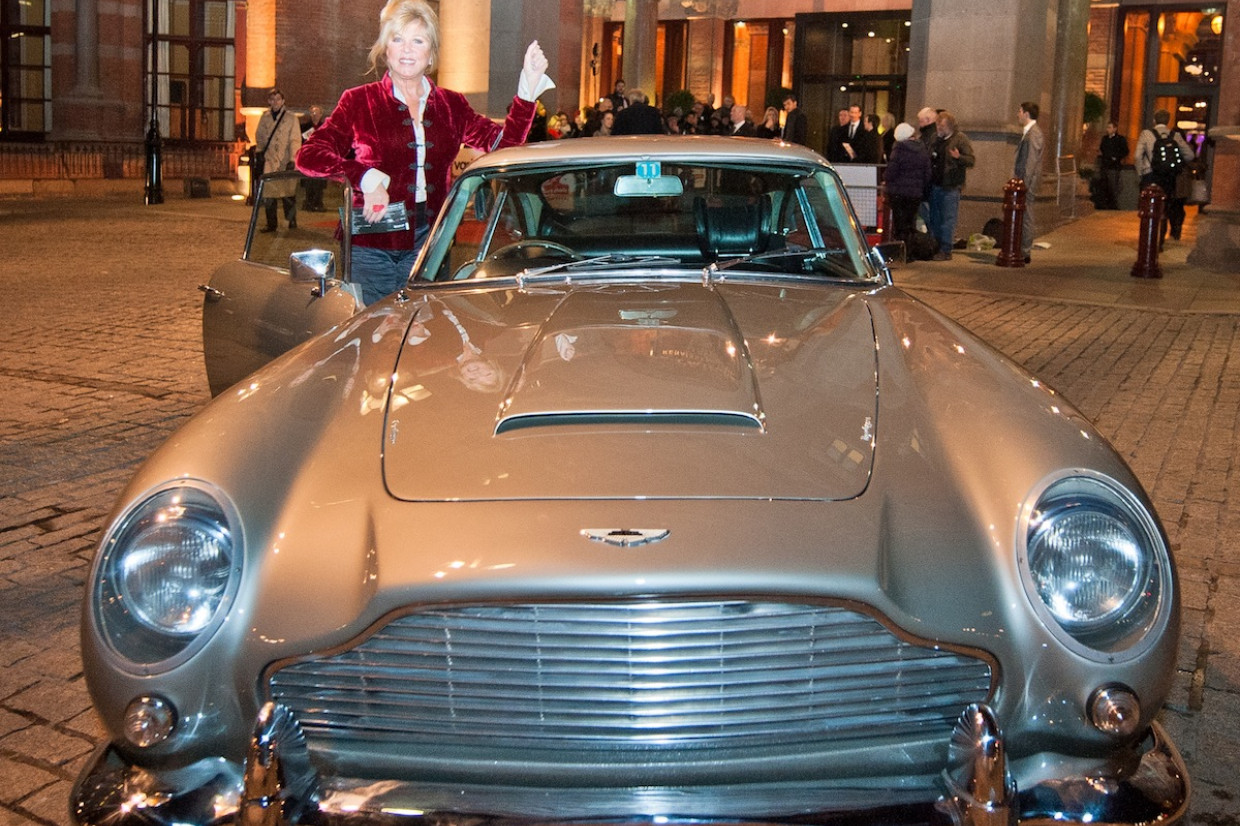
A new report comparing rising prices for specific classic cars reckons they are a better bet than gold for getting a return on your money, fuelling widespread growing concerns that the classic car market could overheat due to an influx of investors and a raft of record prices.
Although it deals only with the top of the market and therefore does not reflect prices for the vast majority of classics, the Historic Automobile Group International (HAGI) report concludes that some high-end classics increased in value by 20% in 2011, while gold went up by 9.93%.
Naturally dependent for data on cars that have been sold publicly at auction, the HAGI report and analyst Dave Selby have focused on some cars whose recent price history makes fascinating reading.
Selby quoted the example of the ex-Bernie Ecclestone 1939 Mercedes-Benz 540K Cabriolet-A (above) that was bought in October 007 for £660,000 but at Coys in December, 2011 for £848,500, giving a return of 28%.
Other specific examples cited include the ex-George Harrison 1964 Aston Martin DB5 (above, with Pattie Boyd) that was bought for £220,000 in October 2007 and sold for £342,500 in December, again at Coys, a return of 55% over four years.
A 1955 Aston Martin DB2/4 drop-head coupé bought at auction in 2003 for £58,700 made £227,000 when it came under the hammer again in at Bonhams in May 2011; a return of 287%. The same car had also traded in September 2009 for £181,900; its £227,000 realisation in May 2011 represents a 25% price advance in well under two years.
Other trends highlighted by the report were:
